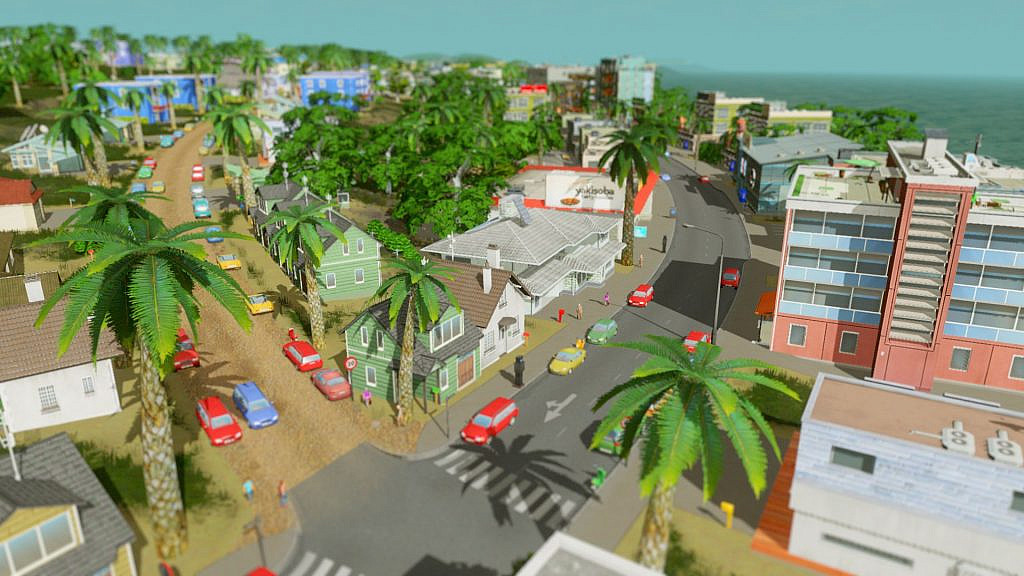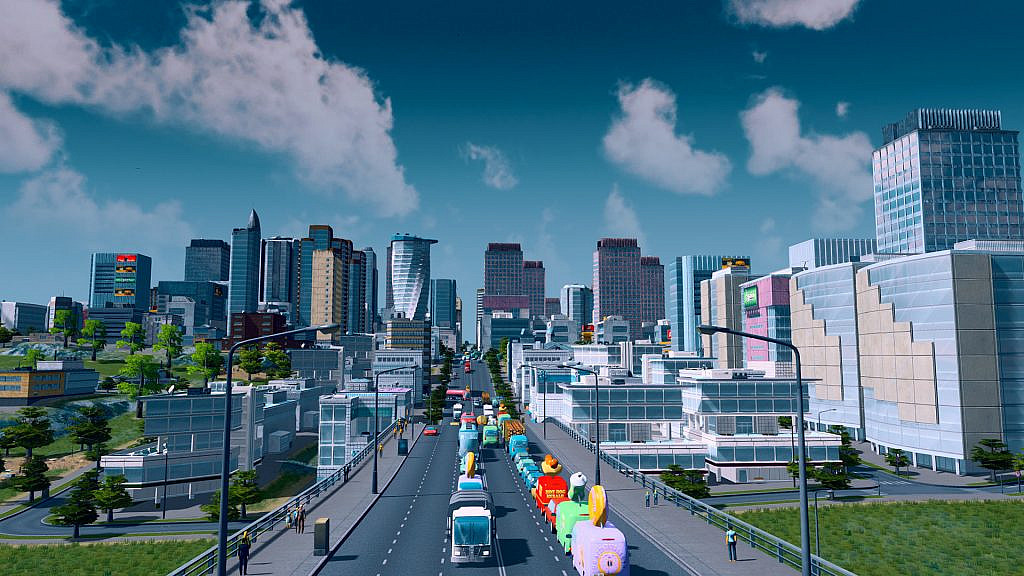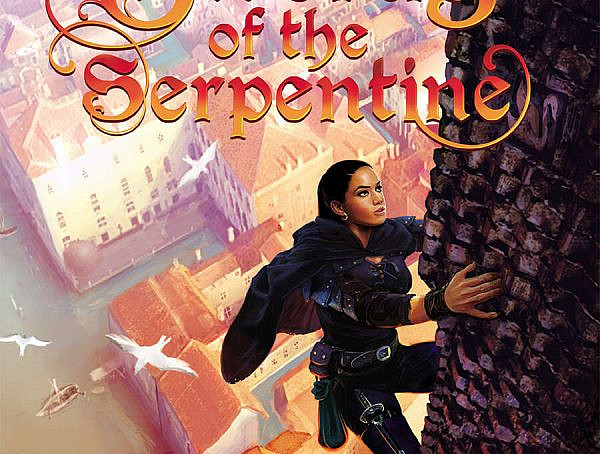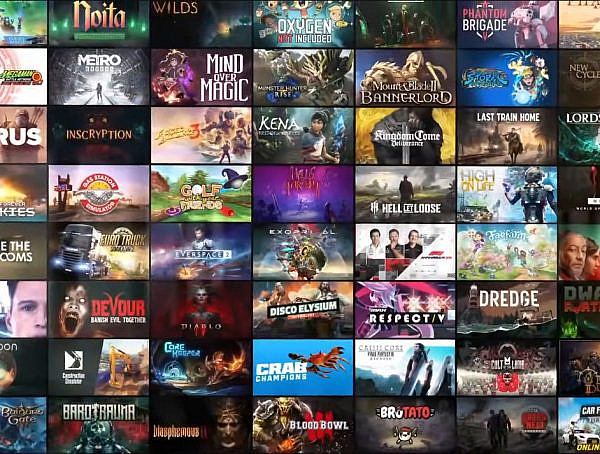Cities: Skylines is a city-building simulator by Colossal Order, where you get to play a Mayor/God and plan and build a city and watch it grow from a humble shovel to a busy metropolis.
If you haven’t played city simulators before, Cities: Skylines has a learning curve that might feel frustrating initially. It is easy to grasp the basic mechanics, laying down the roads, assigning lots to industry, housing, commercial properties, and making sure the water, electricity, and waste management are running smoothly. This game is challenging to master, though, and some features, like public transport (that I’ve yet to design so that it runs smoothly) might require a YouTube tutorial or two. In the basic mode, the player gets introduced to new city features like schools and entertainment venues as the game progresses and the city grows. In addition to some not-intuitive mechanics, there are many options for the player to manipulate. It is both fun and time-consuming: Different zoning regulations, taxes, and loans to juggle give the player plenty to work on.
Cities: Skylines doesn’t raise your blood pressure with natural disasters or other unfortunate incidents, so the only disasters are man-made (by the player’s poor planning, that is). Even those kinds of disasters are difficult to achieve on a full-blown national catastrophe kind of scale. The cities’ citizens are very laid back, only snidely subtweeting (or chirping, as it called in the game) about my inability to keep some district’s waste management running. It takes a lot for areas to go abandoned, and with a few correcting maneuvers, the district returns the people to the previously derelict area. Even crime in Cities: Skylines is but a second thought because the police force is working overtime and one needs just a few police stations to control a city of thousands.
Playing is surprisingly peaceful due to the lack of disasters and the actual conscious effort one needs to show to make the city slip into Gotham-like chaos. The cities are lively, and when the player zooms in to the city, they can see colorful diorama: people on the streets walking their dogs, going to work, and running to a bus. The flow of traffic and general buzzing of the city ebbs with the day and night cycle.
The only major drawback from the developers is the price of DLCs. In my opinion they disappointingly don’t offer enough new features to be worth the price tag of approximately fifteen euros. Purchasing them all would make Cities: Skylines too expensive of an experience. However, one can get hours and hours of fun gameplay from even the base game itself, and thanks to the active modding community, the opportunities to tweak the game to one’s liking are ample.
Developer: Colossal Order
Publisher: Paradox Interactive
Platforms: Microsoft Windows, MacOS, Linux, Xbox One, PlayStation 4,
Nintendo Switch
Release: Windows, MacOS, Linux 10 March 2015
Xbox One 21 April 2017
PlayStation 4 15 August 2017
Nintendo Switch 13 September 2018
Genres: City-building, construction and management simulation
Mode: Single player
PEGI: 3
Photos: From Cities Skylines Press kit
You might also like
More from Features
Worlds in a Finnish Theater: League Finals, Community, and Döner Kebab
I travelled to Helsinki to watch League finals in a cinema, and it was worth it. #leagueoflegends #esports #community #worldfinals
Playing Under Pressure: The Struggle of Staying Current with New Game Releases
With the new year having just arrived there's plenty of new games coming out soon to look forward to. But …

















